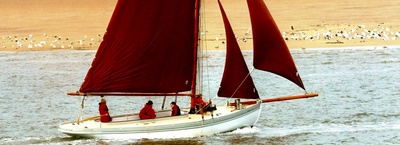
View all banners
FAFB will never call you and ask for your credit card details over the phone. If this happens, hang up!

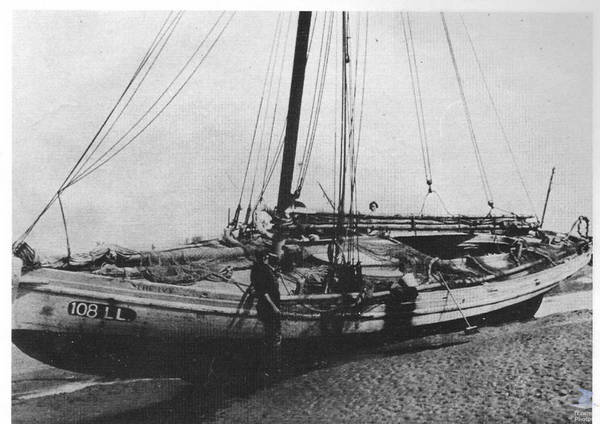
A type of inshore sailing boat, the nobby is an adaptation of a traditional fishing boat that became common around Lancashire and the Isle of Man. It originated around Southport and Morecambe Bay in the 1840’s, spreading to the Isle of Man by the 1880’s. As the design spread across areas of North West England, the vessel was adapted by each locality but remained a type of shrimp trawler targeting the Aesop prawn (or pink shrimp).
It is likely that the nobby was so-called due it’s stout, square design with the first Manx nobby credited as receiving its name due to it being “a rale nobby little thing”.
The boom of this boat’s popularity was primarily driven by the English appetite for shrimps during this century as the seaside culture grew amongst the Victorians and, with the advent of the railways, holiday trade surged along with the demand for these delicacies. Nobbies were therefore at their height of operation when the shrimping season coincided with the tourist season – August to November.
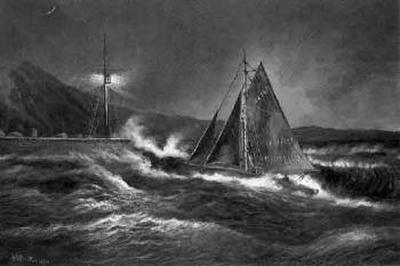
Towing a beam trawl the nobby (or ‘prawner’ ranged in size from around 8m to 14m being either single handed or a two-man vessel and featured a pole mast with gaff topsail. Contemporary descriptions of the original nobby refer to it as a ‘sloop rigged craft with a square-tuck stern’ and owed a lot in their design to another familiar vessel in the area, the Southport smacks.
Over the course of forty years the boats evolved from a long keel design with a straight stem into a shallower hull with a characteristic reverse curve in the mid-ship section. The familiar ‘square tuck’ changed to become more elliptical and the boats became longer from around 9m to 12m. The design was very much driven by the waters of Morecambe Bay in which much of them trawled and were able to navigate the shallow waters rapidly and nimbly. Speed became a priority to meet the rising demand for shrimp and the cutaway stem and rounded forefoot was replaced by a longer and straighter keel with a more raked sternpost.
With a long cockpit, low rails and freeboards the nobby had wide side decks all of which was designed to aid the ready lifting of gear on board.
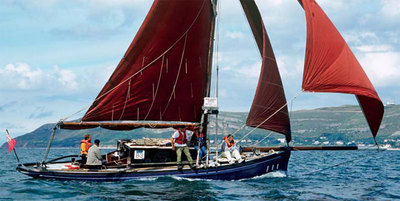
The nobby’s popularity across the North East coast of England grew rapidly during the 19th century with fishermen from Cardigan Bay to Solway recognising the versatility of the vessel for shallow waters. As a result, several manufacturers began adapting the design to produce variations such as the ‘bay boat’ – a smaller vessel with a shallow draft to traverse the waters around Grange-Over-Sands – as well as changes to the centreboards.
Operating two yards to keep up with demand, Crossfields of Arnside were the most prolific builders but nobbies were also produced in great quantities in Marshside, Millom, Annan and Crossens.
Notably, the ship builders did not supply the nobby with sails and fishermen made their own. Treated with a mix of coal, tar and red ochre the sails had a distinctive hue albeit a range due to the DIY application of the coating.
In addition to the nobby being utilised as a fishing vessel, designers also produced boats based on the nobby that were destined for leisure use and also racing. Three classes of racing nobbies were built, The Fleetwood Jewel Class and the Royal Mersey Restricted class, each cutter rigged and the Royal Mersey Rivers class which had a single headsail.
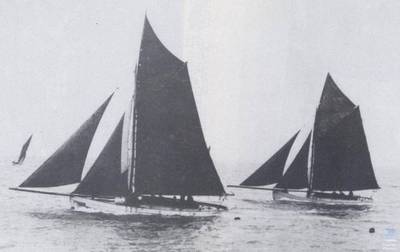
Just twenty years after the first production, the nobby had become a common site in Morecambe Bay with over 150 of the vessels fishing the waters by the late 1860’s. Trawling was undertaken by hand with the nets suspended out across the water on 7m long beams which were raised every hour or so to harvest the catch. To further minimise delays for consumers, ships began to be fitted with boilers amidship so that the shrimp could be cooked on the journey home so that they were ready for sale the moment they reached port.
Similar to the Cornish luggers in design the Manx Nobby is a herring and mackerel lugger and was adapted to be suited to deep water drift net fishing. Arriving on the Isle of Man in 1884, the Manx nobby was smaller than their predecessors, the ‘nickies’, and was used to fish home waters. These were the last type of boat that was built specifically for fishing in peel until the yards closed in 1930.
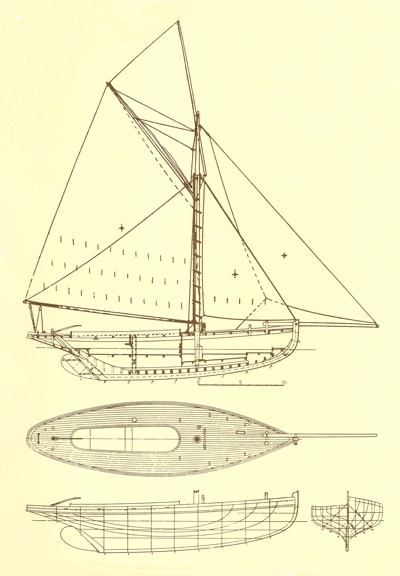
As mechanised propulsion began to change the shape of fishing across the UK the nobby eventually gave way to a new era in boating. By the 1920’s the introduction of engines was beginning to shape the world of local fishing in the area and, though sailboats were still popular, the decline of the nobby had begun.
After the second world war most of the yards that were building nobbies began to decline as orders dropped off and many of these builders retired. Remaining stocks were sold cheaply to clear and many of these were converted to leisure yachts.
Since the 1990’s local nobby owners have begun to show interest in restoring this traditional boat to its native area and the Nobby Owners Association has brought over twenty of these traditional sailboats back to the area.
Traditional boats, wherever they hail from, are an exciting part of the nautical landscape and offer a unique insight into a locality's connection to the sea. If you are thinking about restoring or owning a classic boat then do be sure to look at our classic boat section for inspiration.
